Analysis of Conflict and Negotiation Techniques in Business Report
VerifiedAdded on 2023/04/20
|10
|558
|350
Report
AI Summary
This report provides an in-depth analysis of conflict and negotiation within a business context. It begins by defining conflict, outlining its stages, and discussing the potential consequences, both positive and negative. The report then transitions to the concept of negotiation, detailing its types, including managerial, commercial, and legal negotiation, and highlighting the role of third-party involvement, such as mediators, arbitrators, conciliators, and consultants. The report references various academic sources to support its findings, providing a comprehensive overview of conflict resolution and negotiation strategies essential for effective business operations. This report is designed to aid in understanding and managing conflicts to achieve desired outcomes.
1 out of 10
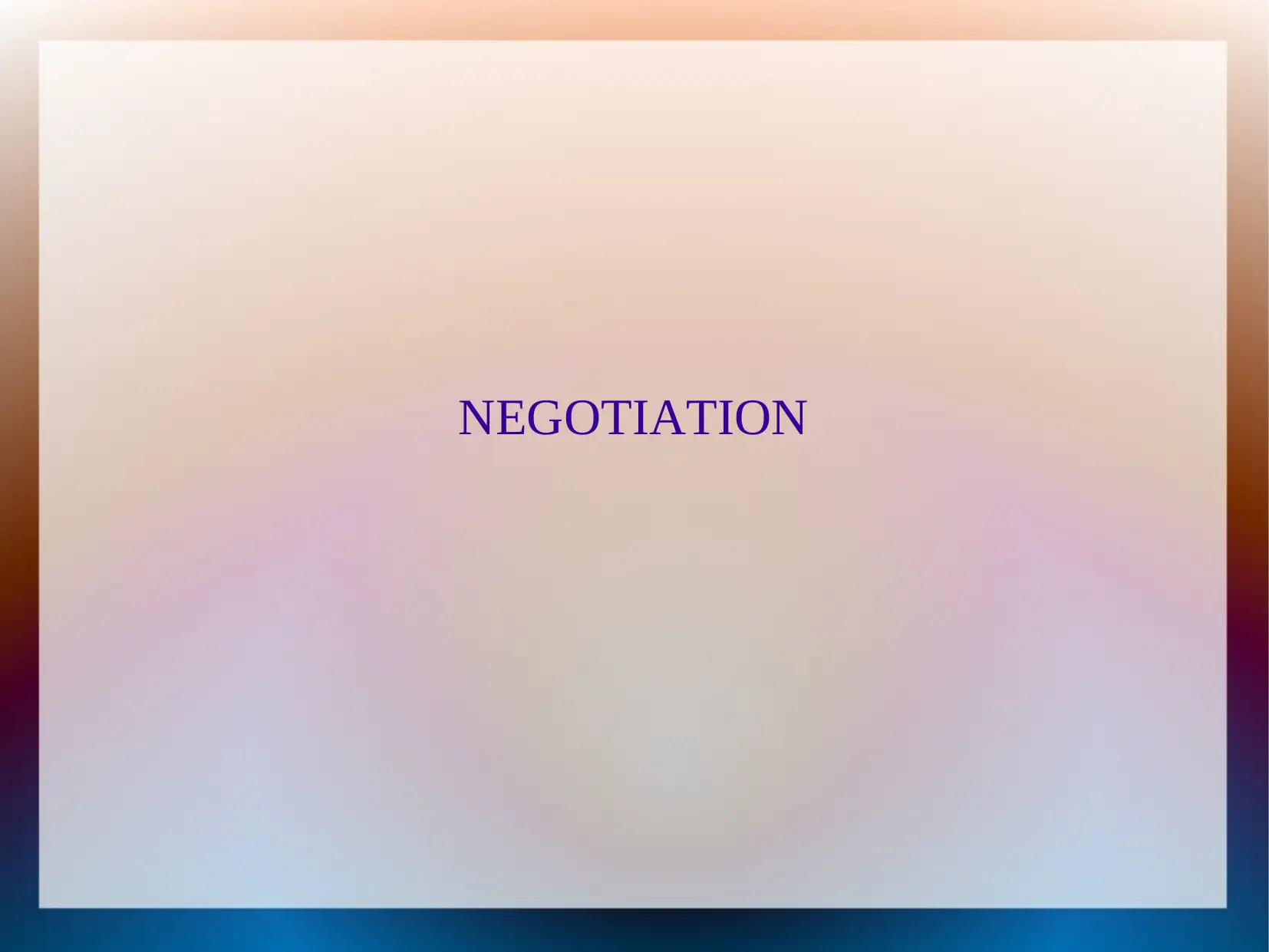
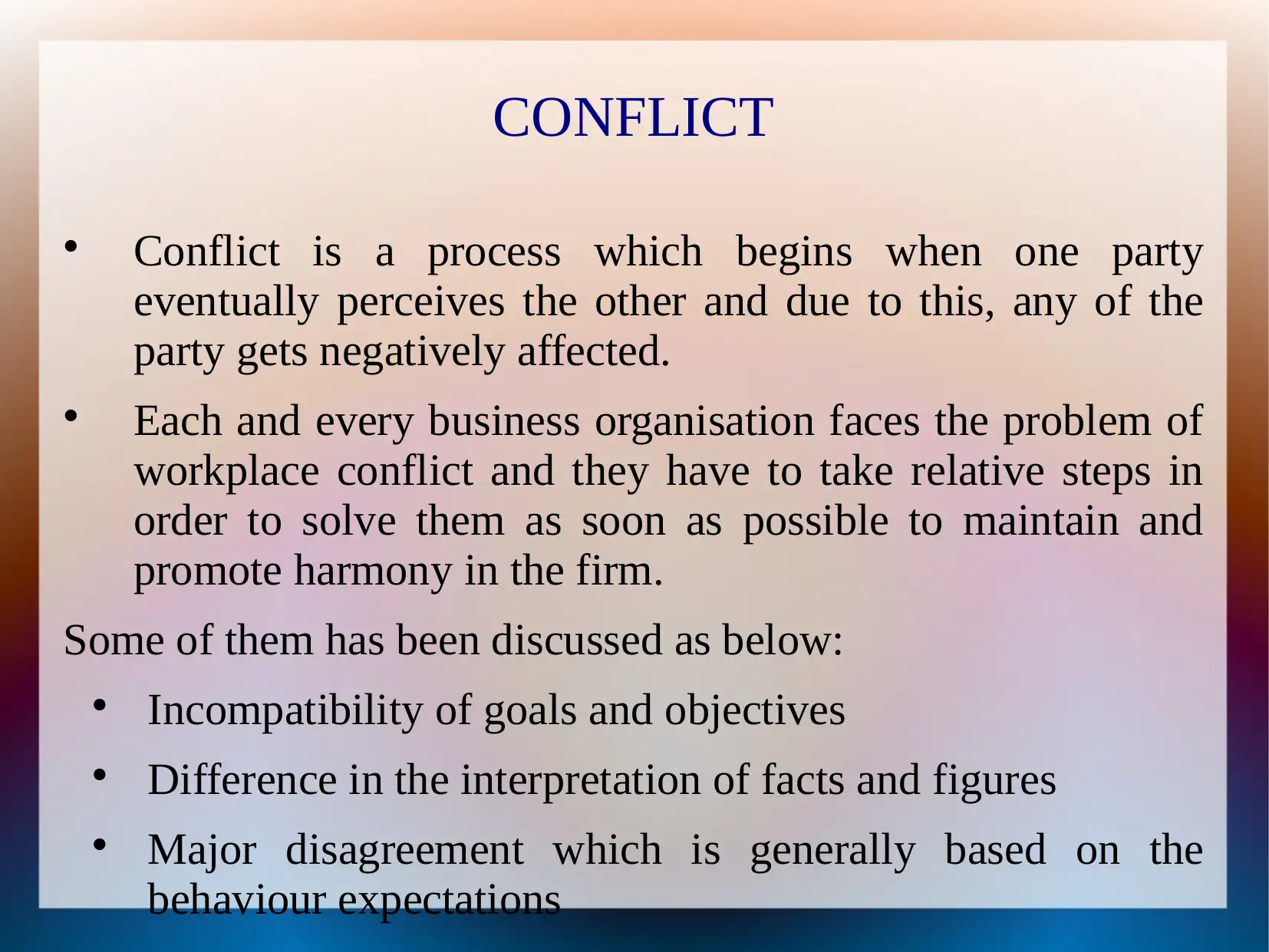
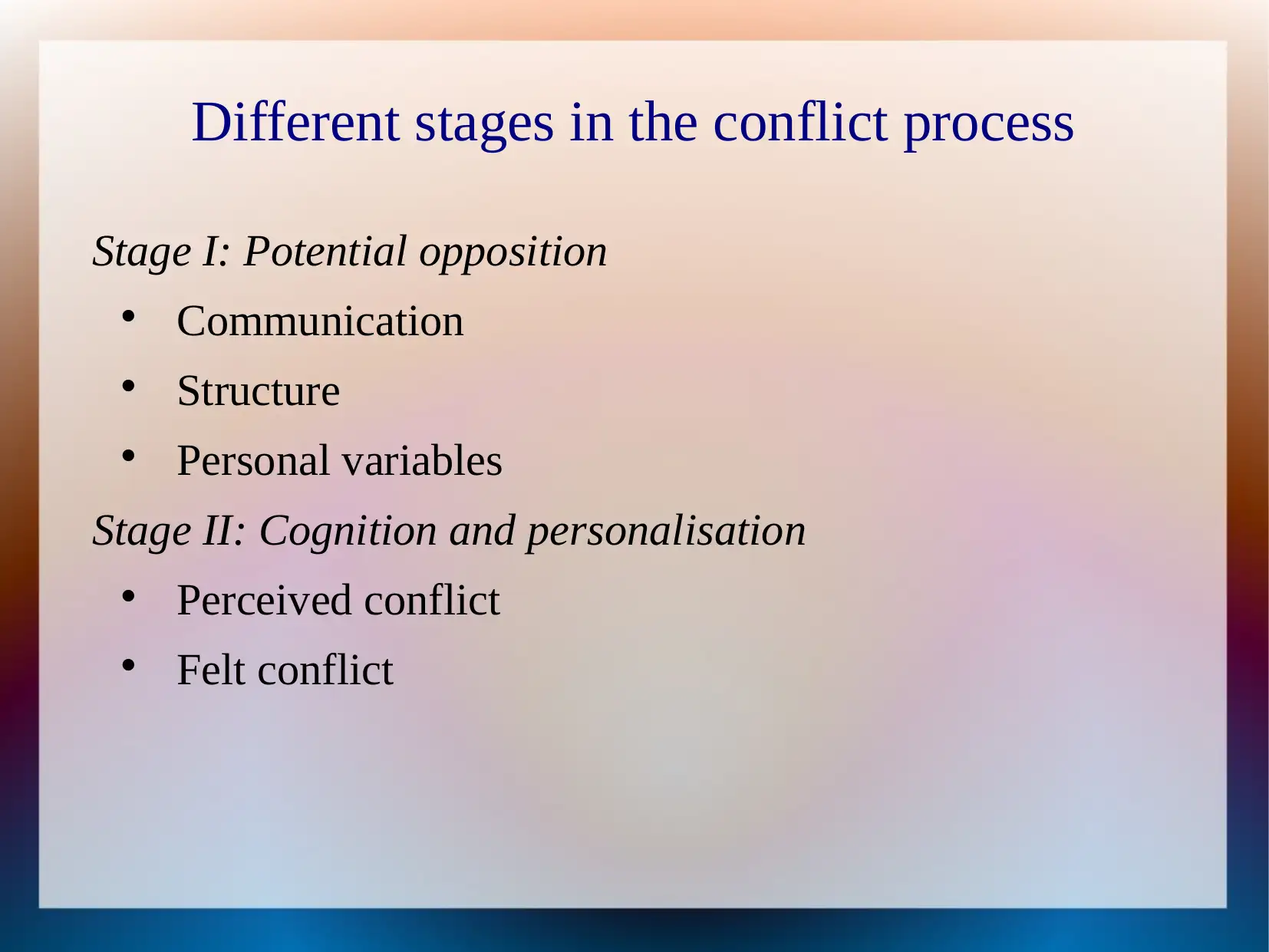
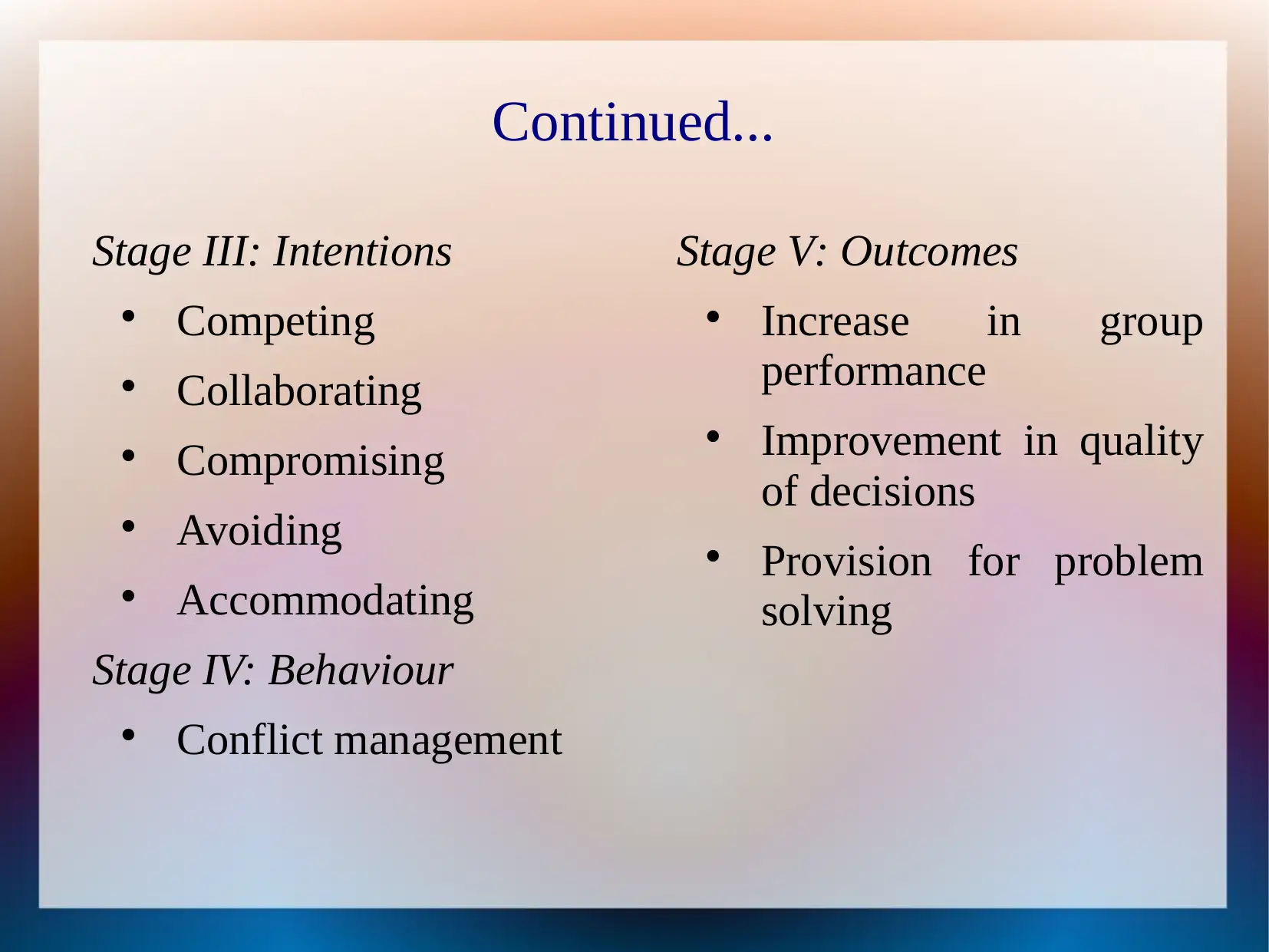
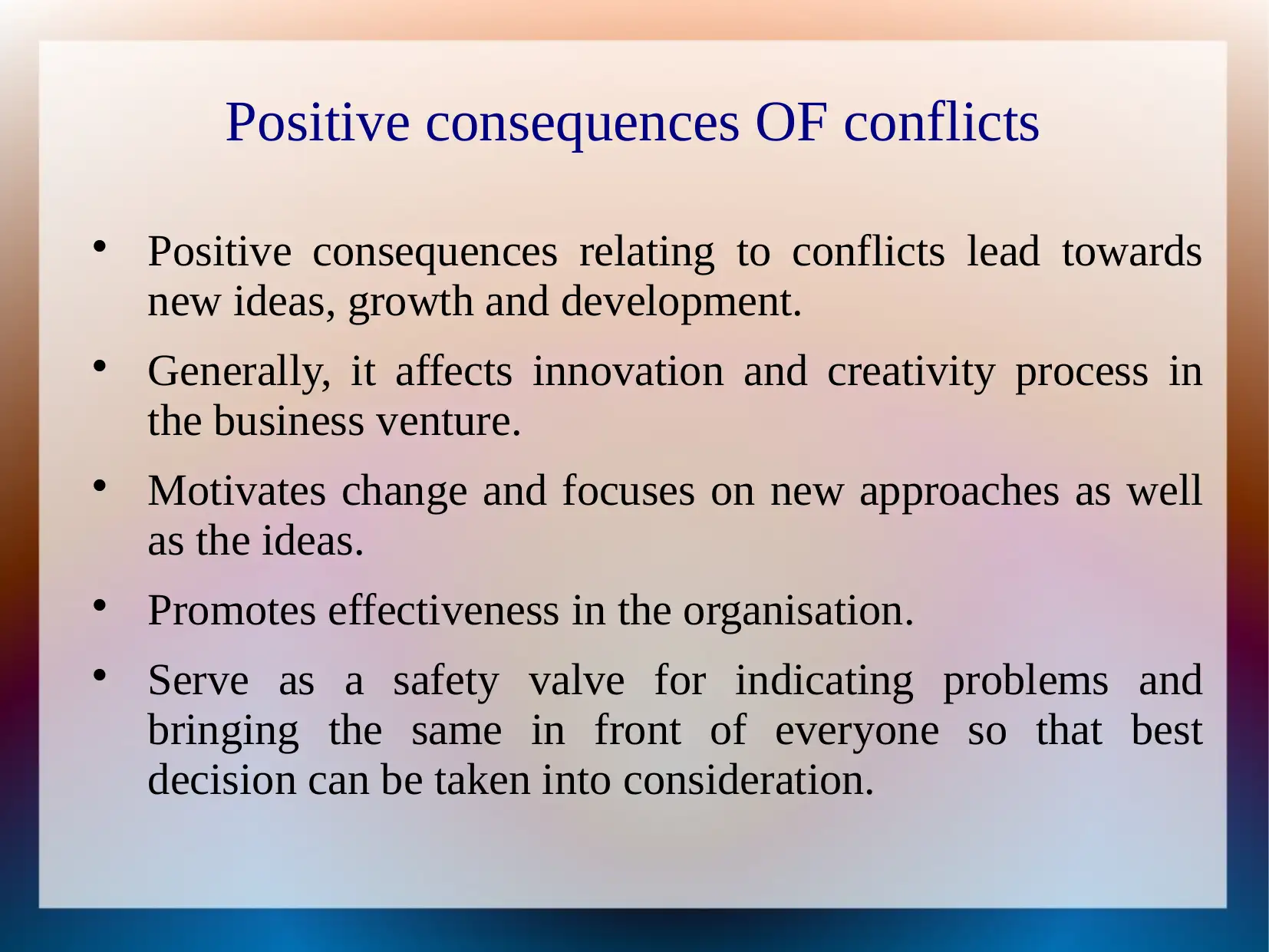
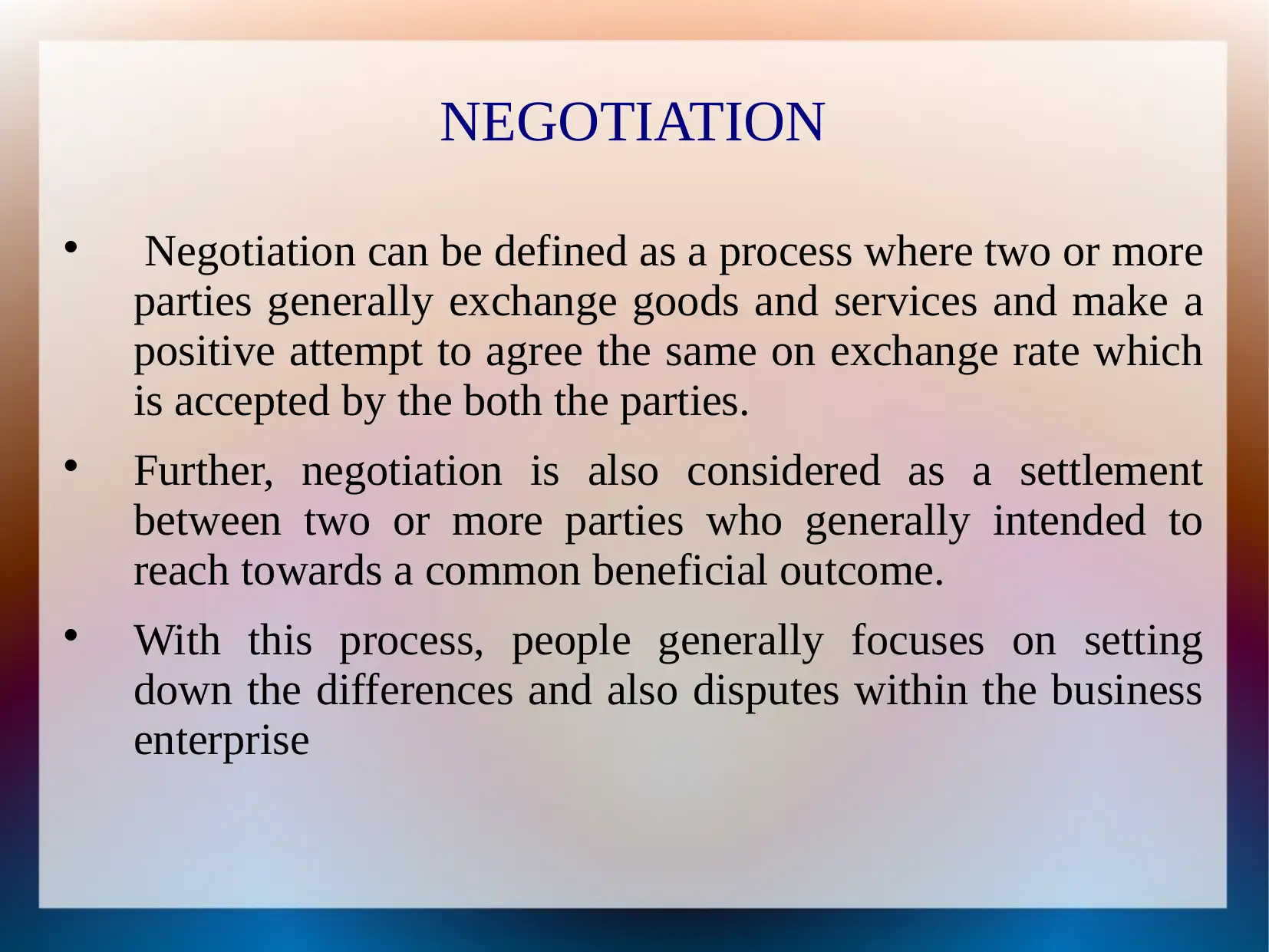
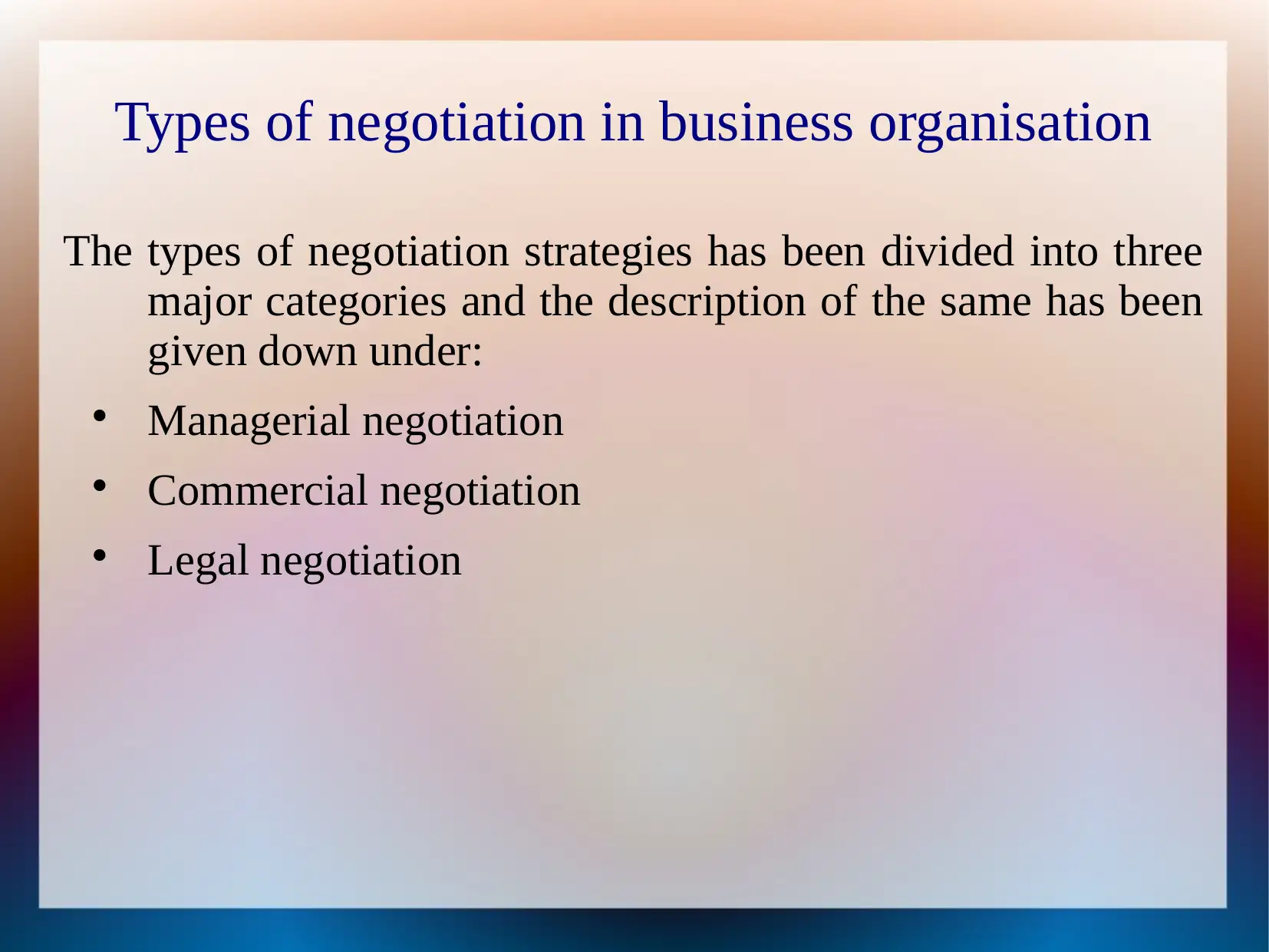
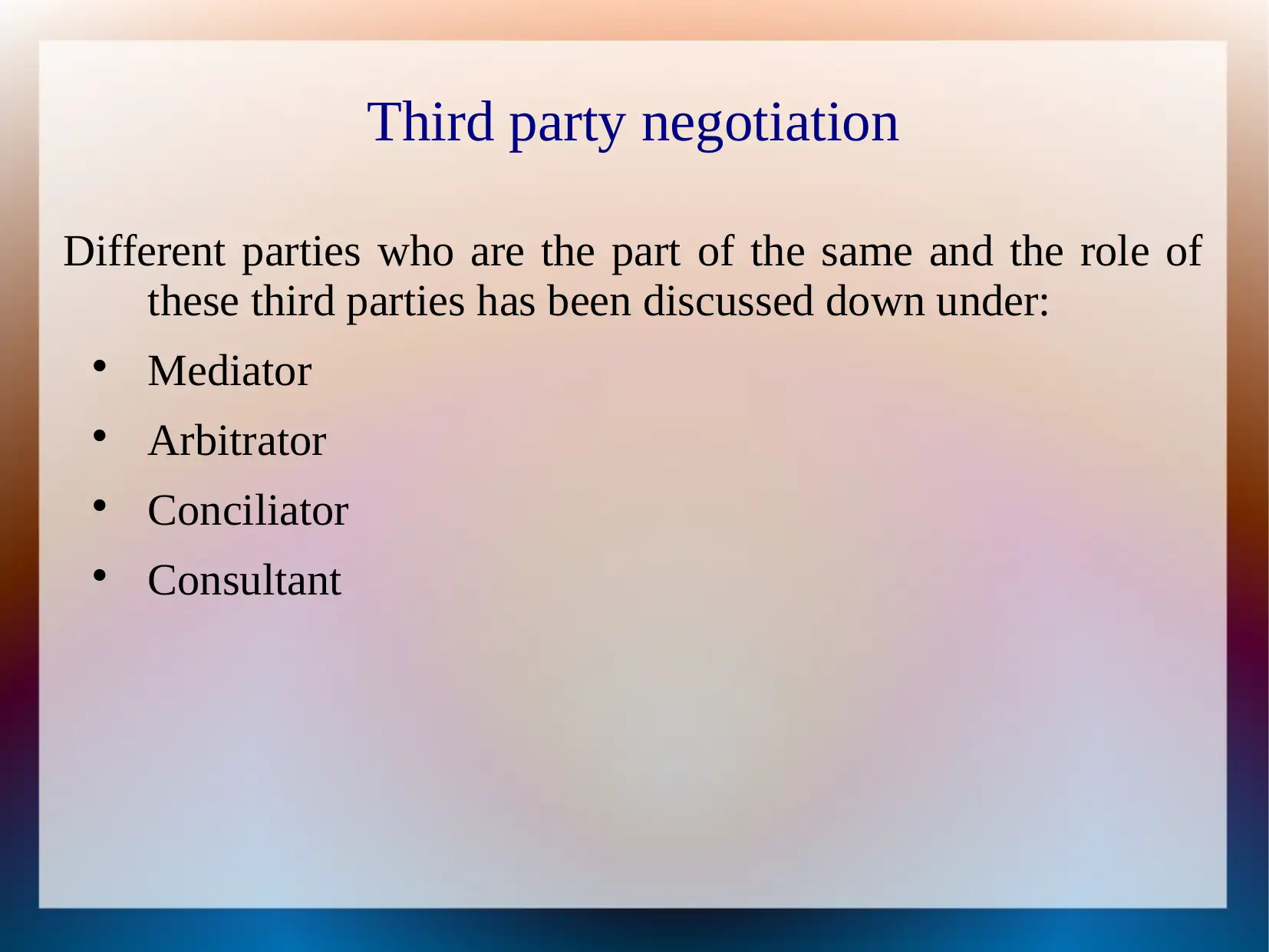
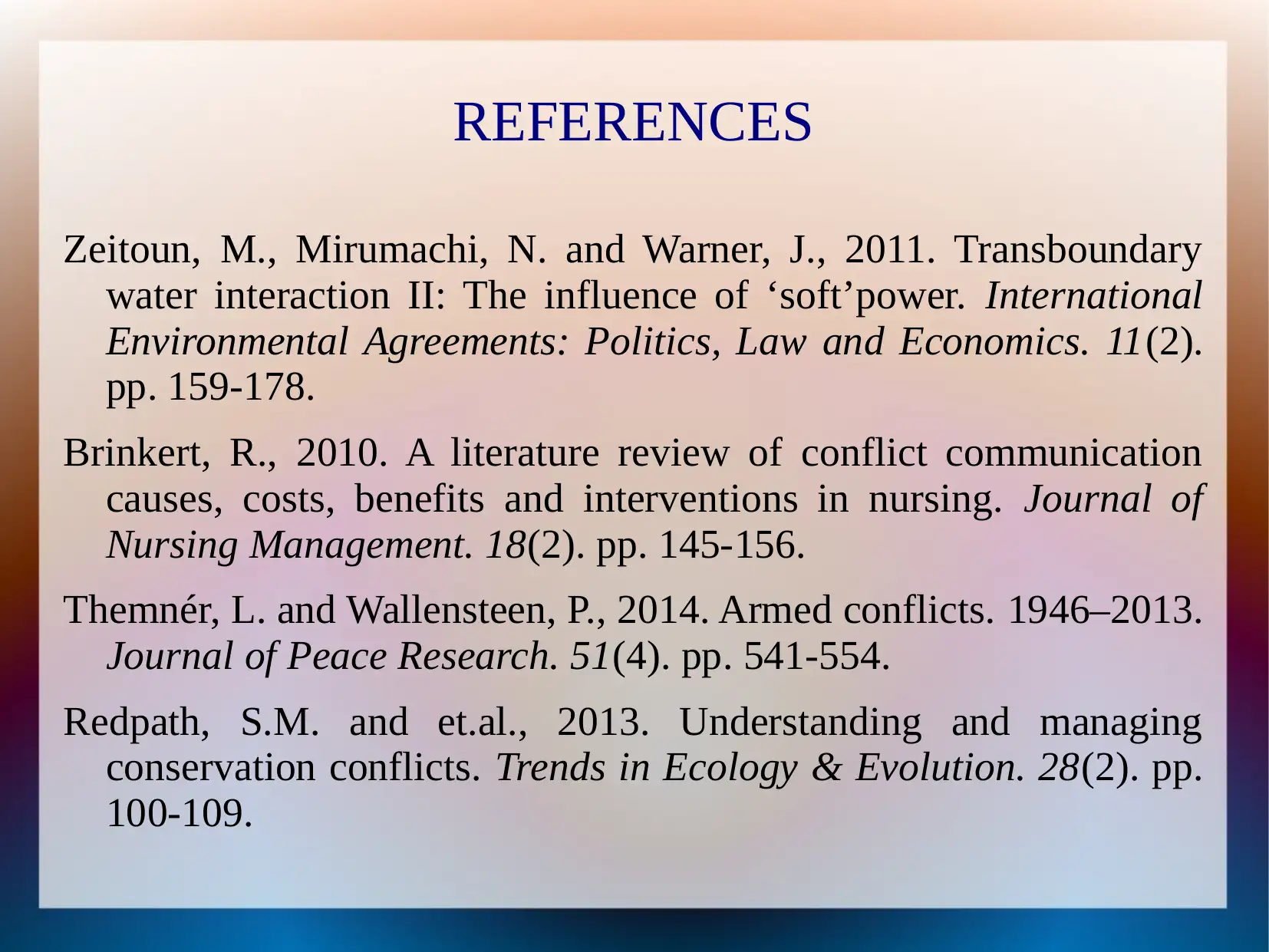







![[object Object]](/_next/static/media/star-bottom.7253800d.svg)